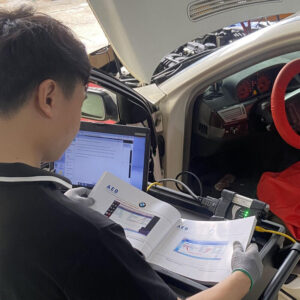
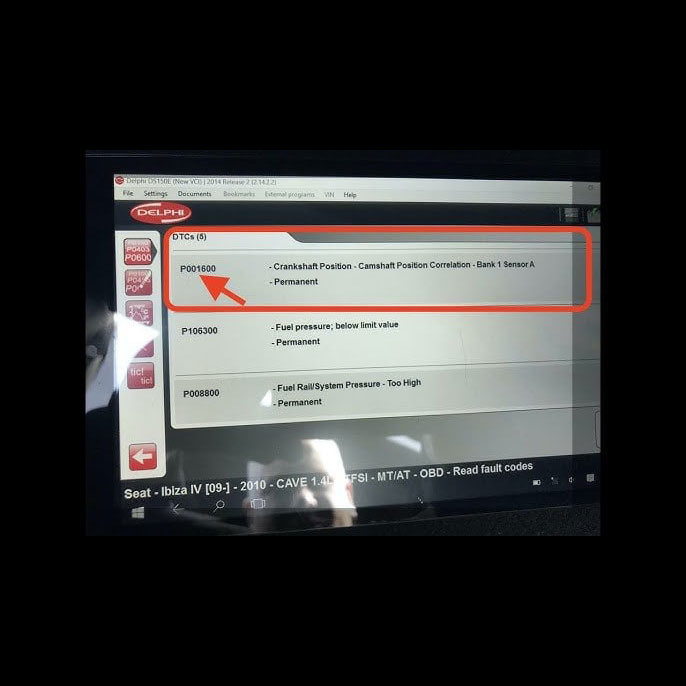
Audi P0016 Fault Code: Full Diagnostic & Repair Guide
Contents
- 1. What is Audi P0016 Fault Code
- 2. Which Audi Models Are Susceptible to P0016?
- 3. Common Causes of Audi P0016 Error
- 3.1 Timing Chain or Timing Belt Issues
- 3.2 Faulty Camshaft Position Sensor (CMP) or Crankshaft Position Sensor (CKP)
- 3.3 Variable Valve Timing (VVT) Malfunction
- 3.4 Mechanical Damage to Camshaft or Crankshaft Gears
- 3.5 Electrical Wiring or ECU Problems
- 4. Symptoms of Audi P0016 Code
- 5. Required Tools and Software for Fixing Audi P0016
- Diagnostic Tools
- Software
- 6. Step-by-Step Guide to Fix Audi P0016 Error
- Conclusion
- Need Expert Assistance? Contact AutoExplain!
The P0016 error code is an OBD-II diagnostic trouble code (DTC) that indicates a misalignment between the camshaft position sensor (G40) and the crankshaft position sensor (G28) on Audi vehicles. This error suggests that the engine timing is out of sync, which can cause reduced engine performance, fuel inefficiency, or failure to start.
This issue is commonly found in various Audi models, including the Audi A3, A4, A5, A6, Q5, and Q7. Fixing the P0016 Audi error requires diagnosing the root cause and taking appropriate action.
1. What is Audi P0016 Fault Code
The Audi P0016 fault code, as our data accurately points out, is an OBD-II (On-Board Diagnostics II) trouble code. Specifically, it indicates a detected misalignment between the signals from the camshaft position sensor (G40) and the crankshaft position sensor (G28) in your Audi vehicle.
Think of these sensors as the eyes of your engine’s timing system. They constantly monitor the rotational positions of the camshaft and crankshaft, crucial components that synchronize the opening and closing of engine valves with the movement of the pistons.
When the Engine Control Unit (ECU) perceives that the signals from these vital sensors are out of sync beyond a pre-determined threshold, it flags the P0016 code. This signifies that the harmonious dance between the camshaft and crankshaft is disrupted, potentially leading to a cascade of engine performance problems.
Understanding this fundamental principle is the first step toward resolving the underlying issues. This trouble signal, sometimes referred to as a Crankshaft Camshaft Correlation Fault, is a key indicator of potential mechanical or electrical problems within your Audi’s engine timing system.
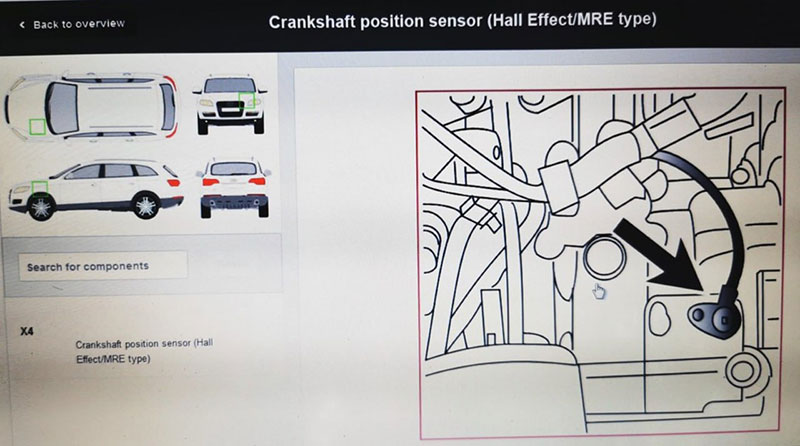
2. Which Audi Models Are Susceptible to P0016?
It’s helpful to know that the P0016 Audi error isn’t isolated to a single model. Our information correctly identifies a range of Audi vehicles where this issue can surface. These include popular models like the Audi A3, A4, A5, A6, Q5, and Q7. This widespread occurrence suggests that the underlying causes are often related to common engine designs and components used across these platforms. Whether you own a sporty sedan, a versatile SUV, or a luxurious executive car from Audi, the potential for encountering the P0016 diagnostic code exists. Knowing this helps you understand that you’re not alone if your Audi displays this particular trouble signal. Addressing this Cam Crank Timing Error P0016 promptly is essential for maintaining the health and performance of your vehicle.
3. Common Causes of Audi P0016 Error
3.1 Timing Chain or Timing Belt Issues
The timing chain or timing belt is the unsung hero of your engine, responsible for maintaining the precise synchronization between the camshaft and crankshaft.
-
Wear and Tear: Over time, timing chains can stretch, and timing belts can wear out or even skip teeth. This wear and tear directly impacts the alignment between the camshaft and crankshaft, triggering the P0016 fault. Think of it like a finely tuned instrument gradually falling out of tune. If the timing chain has stretched beyond its service limit or the timing belt has lost its correct tension, the crucial synchronization is lost.
-
Skipped Tooth: A scenario where the timing chain jumps a tooth on the sprocket or the timing belt slips can drastically alter the engine’s timing. Even a single tooth misalignment can be enough for the ECU to detect a discrepancy and set the Audi OBD Code P0016. This is a more severe and immediate form of misalignment that requires prompt attention.
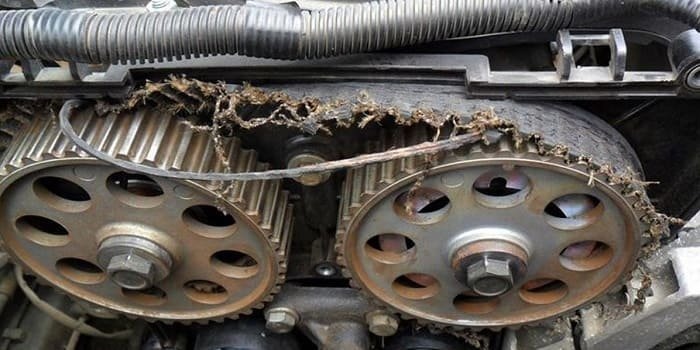
=> Learn how to remove and install the timing belt here:
Learn how to remove and install A1 (GBA, GBH):25TFSI DKLA 999 70kW 2019-2021.pdf
You can contact AutoExplain via whatsapp number +1(936)2896695 to find remove & installation instruction for your own car model
3.2 Faulty Camshaft Position Sensor (CMP) or Crankshaft Position Sensor (CKP)
The camshaft position sensor (G40) and crankshaft position sensor (G28) are electronic components that provide vital information to the ECU about the rotational speeds and positions of these critical engine parts.
-
Sensor Malfunction: If either of these sensors becomes defective, it can send inaccurate or intermittent signals to the ECU. A faulty G40 camshaft sensor might report an incorrect camshaft position, or a failing G28 crankshaft sensor could provide erroneous crankshaft data. This misinformation leads the ECU to believe there’s a timing misalignment, even if the mechanical timing is correct.
-
Wiring and Connector Problems: The integrity of the electrical circuits connecting these sensors to the ECU is paramount. Damaged wiring, such as breaks, shorts, or chafing, can disrupt the signal transmission. Similarly, corroded or loose connectors can cause intermittent or complete signal loss, leading to a perceived signal mismatch and the triggering of the Fault Code P0016 Audi.
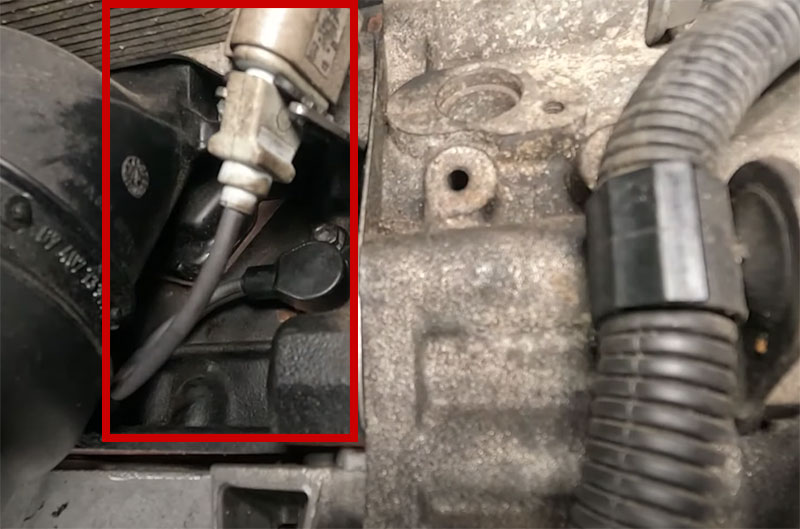
3.3 Variable Valve Timing (VVT) Malfunction
The Variable Valve Timing (VVT) system is designed to optimize engine performance and efficiency by dynamically adjusting the timing of the intake and exhaust valves.
-
Solenoid or Oil Control Valve (OCV) Issues: The VVT system relies on solenoids and oil control valves to regulate oil flow to the cam phasers, which adjust camshaft timing. A malfunctioning VVT solenoid or a faulty oil control valve can hinder the proper adjustment of camshaft timing, resulting in a discrepancy with the crankshaft position and setting the Audi P0016 Error Code.
-
Low or Dirty Engine Oil: The VVT system is hydraulically operated, meaning it depends on clean engine oil of the correct viscosity and level. Low or dirty engine oil can restrict the proper functioning of the VVT components, leading to sluggish or incorrect camshaft timing adjustments and the potential for a P0016 code. Maintaining proper oil levels and adhering to recommended oil change intervals is crucial for VVT system health.
3.4 Mechanical Damage to Camshaft or Crankshaft Gears
While less common, physical damage to the camshaft or crankshaft gears can also cause timing synchronization problems.
-
Wear or Damage: Over a long period or due to specific engine events, the teeth on these gears can become worn, chipped, or damaged. This wear can lead to slippage or incorrect meshing, disrupting the precise synchronization between the camshaft and crankshaft and resulting in the Audi P0016 Trouble Code.
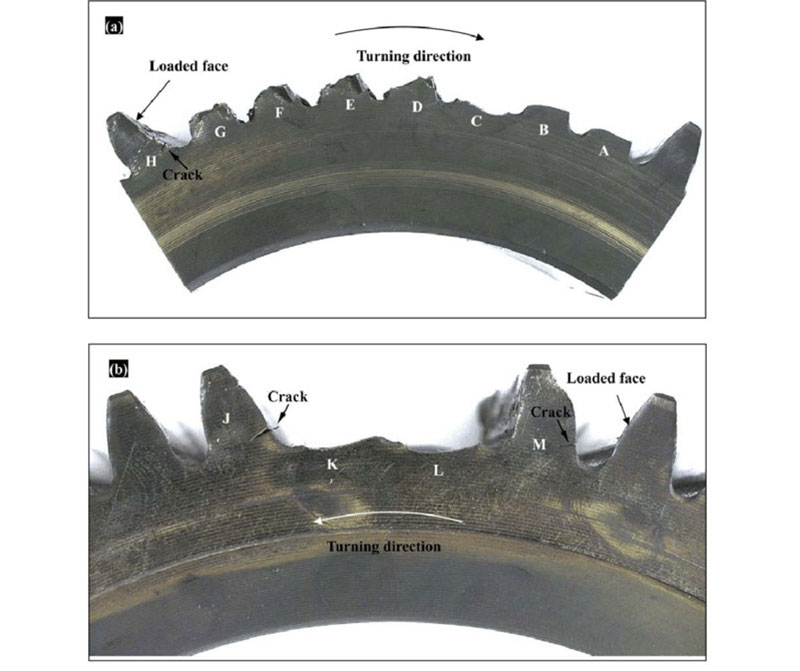
3.5 Electrical Wiring or ECU Problems
Issues within the electrical system or the ECU itself can sometimes be the root cause of a P0016 error.
-
Wiring Issues: Beyond the sensor circuits, damage to other parts of the engine’s wiring harness can indirectly affect sensor signals or ECU processing. Loose grounds, short circuits, or open circuits can all contribute to incorrect readings.
-
ECU Malfunction: In rare cases, the ECU itself might be faulty or have outdated software that incorrectly interprets the sensor signals. While less frequent, an outdated or malfunctioning ECU software may indeed fail to process timing data correctly, leading to a false P0016 reading.
4. Symptoms of Audi P0016 Code
Being aware of the telltale signs of a P0016 error can help you address the issue promptly and prevent potential further damage. If your Audi has the Audi Crankshaft Camshaft Correlation Fault, you might observe the following symptoms:
-
Check Engine Light (CEL) Illuminated: This is the most common indicator that something is amiss with your engine. The CEL will light up on your dashboard when the ECU detects a problem, such as the P0016 fault.
-
Rough Idling or Engine Misfires: An engine timing misalignment can lead to uneven combustion, resulting in a rough idle where the engine vibrates excessively or misfires occur, causing a jerky or hesitant feel.
-
Reduced Power and Acceleration: With the engine timing out of sync, the engine won’t operate at its optimal efficiency, leading to a noticeable decrease in power and sluggish acceleration.
-
Increased Fuel Consumption: Inefficient engine operation due to timing problems can result in your Audi consuming more fuel than usual.
-
Difficulty Starting the Engine: In some cases, a significant timing misalignment can make it hard for the engine to start.
-
Unusual Engine Noises: You might hear unusual noises coming from the engine, such as a ticking or rattling sound, particularly from the timing chain or belt area. These noises can be a sign of a stretched timing chain or a belt that’s about to fail.
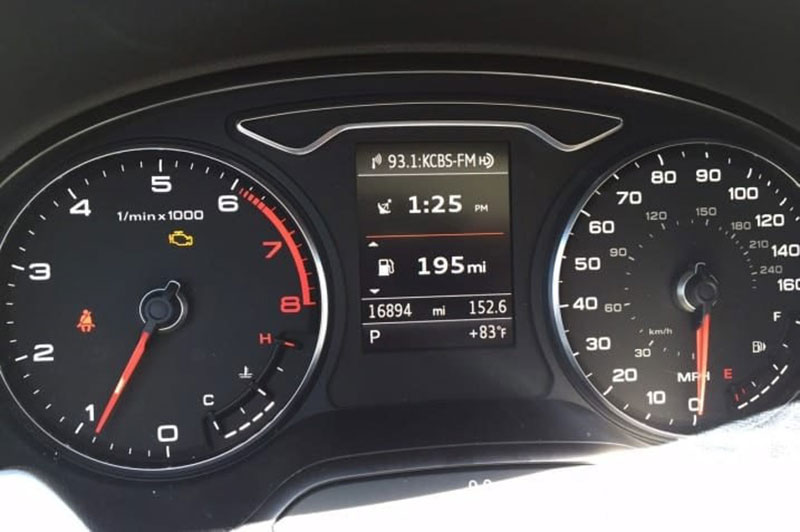
5. Required Tools and Software for Fixing Audi P0016
Diagnostic Tools
- OBD-II Scanner (VAS 6154 or VAS 5054A) – To read and clear fault codes.
- Multimeter – To check sensor voltage and wiring continuity.
- Timing Chain/Belt Inspection Tools – To check alignment.
- Basic Hand Tools – Wrenches, sockets, screwdrivers, and pliers for part removal.
Software
- ODIS Service & Engineering – For in-depth ECU diagnostics and reprogramming.
=> Click here to Download ODIS Service Software
=> Click here to Download ODIS Engineering Software
6. Step-by-Step Guide to Fix Audi P0016 Error
Step 1: Connect an OBD-II Scanner
-
Locate the OBD-II port in your Audi (usually under the dashboard on the driver’s side).
-
Plug in your OBD-II scanner.
-
Turn on the ignition (without starting the engine).
-
Read the stored trouble codes. Confirm that P0016 is present.
-
Note down any other accompanying codes, such as P0017, P0018, or P0019, as these can provide further clues about potential timing-related issues on other camshafts.
Related Error Code to the Audi P0016:
- Timing/Position Correlation Related Error Code
| Code | Description |
|---|---|
| P0017 | Crankshaft Position – Camshaft Position Correlation (Bank 1 Sensor B) |
| P0018 | Crankshaft Position – Camshaft Position Correlation (Bank 2 Sensor A) |
| P0019 | Crankshaft Position – Camshaft Position Correlation (Bank 2 Sensor B) |
- Variable Valve Timing (VVT) System Related
| Code | Description |
|---|---|
| Audi P000A | “A” Camshaft Position Slow Response (Bank 1) |
| Audi P000B | “B” Camshaft Position Slow Response (Bank 1) |
| Audi P0021 | Camshaft Position Timing Over-Advanced or System Performance (Bank 2) |
| Audi P0022 | Camshaft Position Timing Over-Retarded (Bank 2) |
These are linked to problems in the camshaft actuator, oil control valve, or dirty oil causing poor VVT performance.
- Camshaft/Crankshaft Sensor Related
| Code | Description |
|---|---|
| Audi DTC P0340 | Camshaft Position Sensor “A” Circuit (Bank 1) |
| Audi DTC P0341 | Camshaft Position Sensor “A” Circuit Range/Performance |
| Audi DTC P0335 | Crankshaft Position Sensor “A” Circuit |
| Audi DTC P0336 | Crankshaft Position Sensor “A” Circuit Range/Performance |
Sensor faults can trigger P0016 if the ECU can’t sync timing data accurately.
- Other Related Codes in Audi Engines
| Code | Description |
|---|---|
| Audi P052A | Cold Start “A” Camshaft Position Timing Over-Advanced (Bank 1) |
| Audi P052B | Cold Start “A” Camshaft Position Timing Over-Retarded (Bank 1) |
| Audi P0507 | Idle Control System RPM Higher Than Expected (if timing issue affects idle) |
Step 2: Inspect and Test the Camshaft and Crankshaft Position Sensors
-
Refer to your Audi’s repair manual to locate the exact positions of the camshaft position sensor (CMP – G40) and crankshaft position sensor (CKP – G28).
-
Visually inspect the sensors and their wiring for any signs of damage, such as cracks, frayed wires, or loose connections.
-
Use a multimeter to check the resistance and voltage of each sensor according to the specifications in your repair manual. Deviations from the specified values indicate a potentially faulty sensor that needs replacement.
-
Inspect the sensor connectors for corrosion or damage. Clean or repair as necessary.
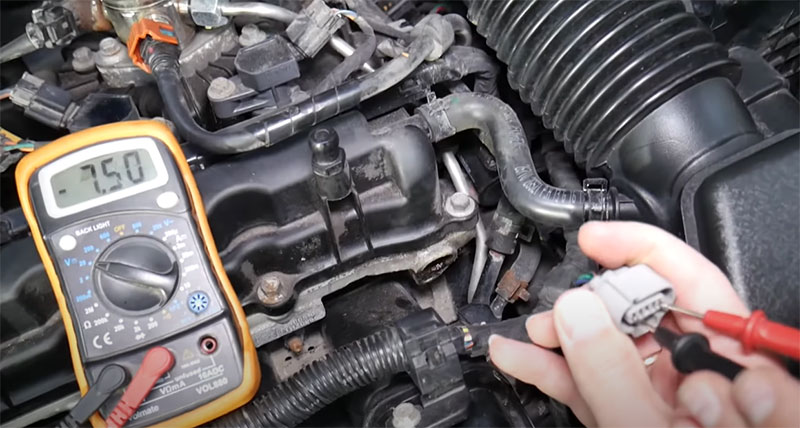
Step 3: Check the Timing Chain or Belt
-
Allow the engine to cool completely.
-
Consult your Audi’s repair manual for the procedure to remove the necessary timing covers to access the timing chain or belt.
-
Visually inspect the timing chain or belt for signs of wear, cracks, missing teeth (on a belt), or excessive slack (on a chain).
-
Carefully check if the timing marks on the camshaft and crankshaft gears are aligned according to the manufacturer’s specifications. If the marks are misaligned, it indicates that the timing chain or belt has likely skipped a tooth or stretched significantly.
-
Use appropriate timing chain or belt inspection tools to check the tension of the chain or belt. Adjust or replace the timing chain or belt and any related components (like tensioners and idler pulleys) if they are worn, stretched, or misaligned.
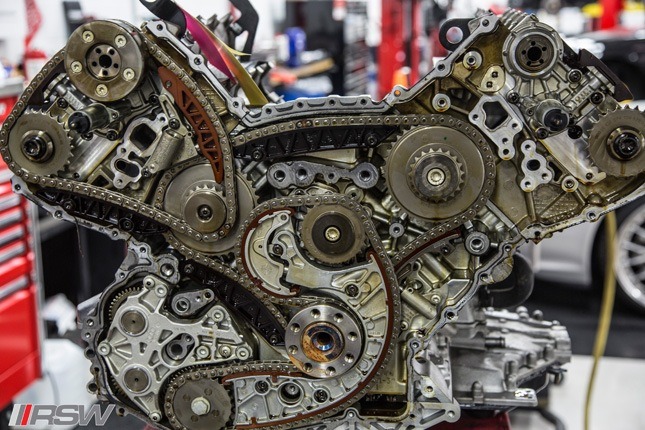
=> Contact AutoExplain via WhatsApp +1(936)2896695 to get free instruction on how to replace and install timing chain (PDF format)
Step 4: Inspect the Variable Valve Timing (VVT) System
-
Use VCDS or ODIS to perform output tests on the VVT solenoid(s) to check for proper operation. These tests typically cycle the solenoids on and off, and you should be able to hear or feel them clicking.
-
Check the engine oil level and condition. Low or excessively dirty oil can impede VVT function. Perform an oil change if the oil is old or contaminated, ensuring you use the correct oil type and viscosity for your Audi.
-
If accessible, inspect the VVT solenoid and oil control valve for any signs of physical damage or blockage. Clean or replace these components if necessary.
Step 5: Inspect Wiring and Electrical Connections
-
Thoroughly inspect the wiring harness associated with the CMP and CKP sensors, as well as the VVT solenoid. Look for any broken, corroded, or loose wires. Pay close attention to areas where the wiring might rub against other components.
-
Check the electrical connectors at the sensors and the ECU for any signs of corrosion or damage. Clean the connectors with an electrical contact cleaner and ensure they are securely attached.
-
Use a multimeter to check for continuity in the wiring between the sensors and the ECU, as well as for any short circuits to ground or power. Repair or replace any damaged wiring or connectors.
Step 6: Update ECU Software
-
If all mechanical and electrical components appear to be in good working order, the issue might be related to the ECU software.
-
Using ODIS or a compatible version of VCDS with online access, check if there are any available software updates for your Audi’s ECU.
-
If updates are available, perform an ECU reflash or SCN coding update following the manufacturer’s instructions. This process should only be performed by someone familiar with ECU programming procedures to avoid potential damage.
Step 7: Clear Error Codes and Test Drive
-
Once all necessary repairs or inspections have been completed, use your OBD-II scanner to clear the P0016 fault code from the ECU’s memory.
-
Start the engine and carefully observe if the Check Engine Light illuminates again.
-
Conduct a thorough test drive under various driving conditions to ensure the engine is running smoothly, and that there are no recurring symptoms like rough idling, loss of power, or increased fuel consumption. If the P0016 code returns, further diagnosis may be required.
Conclusion
The P0016 error code in Audi vehicles is a serious issue that affects engine timing and performance. Fixing this issue involves diagnosing sensor faults, checking the timing chain/belt, inspecting the VVT system, and updating the ECU if necessary. Following the correct diagnostic and repair procedures will restore proper engine function and prevent long-term damage.
Need Expert Assistance? Contact AutoExplain!
If you’re having trouble diagnosing or fixing Audi P0016, let the experts handle it! At AutoExplain, we specialize in car diagnostics, coding, and ECU programming.
📌 Contact us for remote support via:
📞 WhatsApp: +1(936)2896695
Our experienced technicians provide 24/7 remote diagnostic support for Audi, Mercedes, BMW, and more!

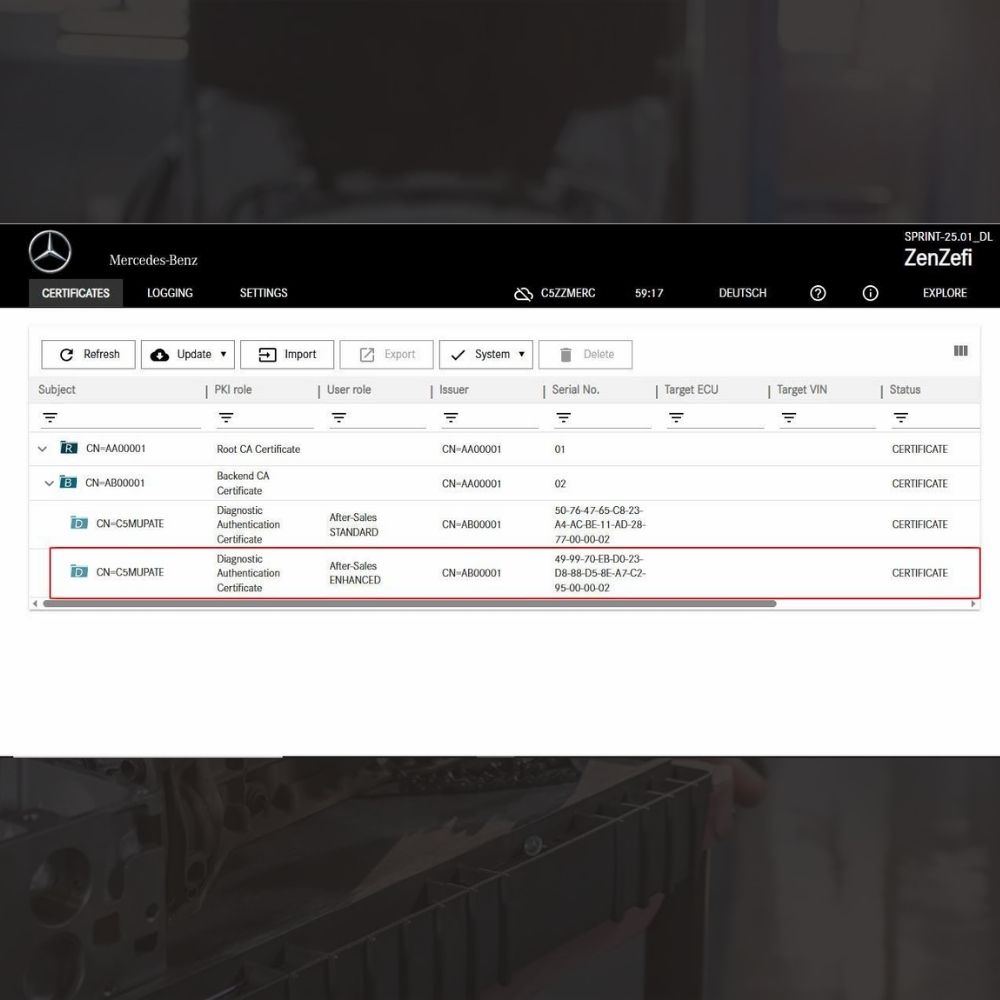
New Mercedes Car Coding Solution with ZenZefi certificate for DTS Monaco 9.02
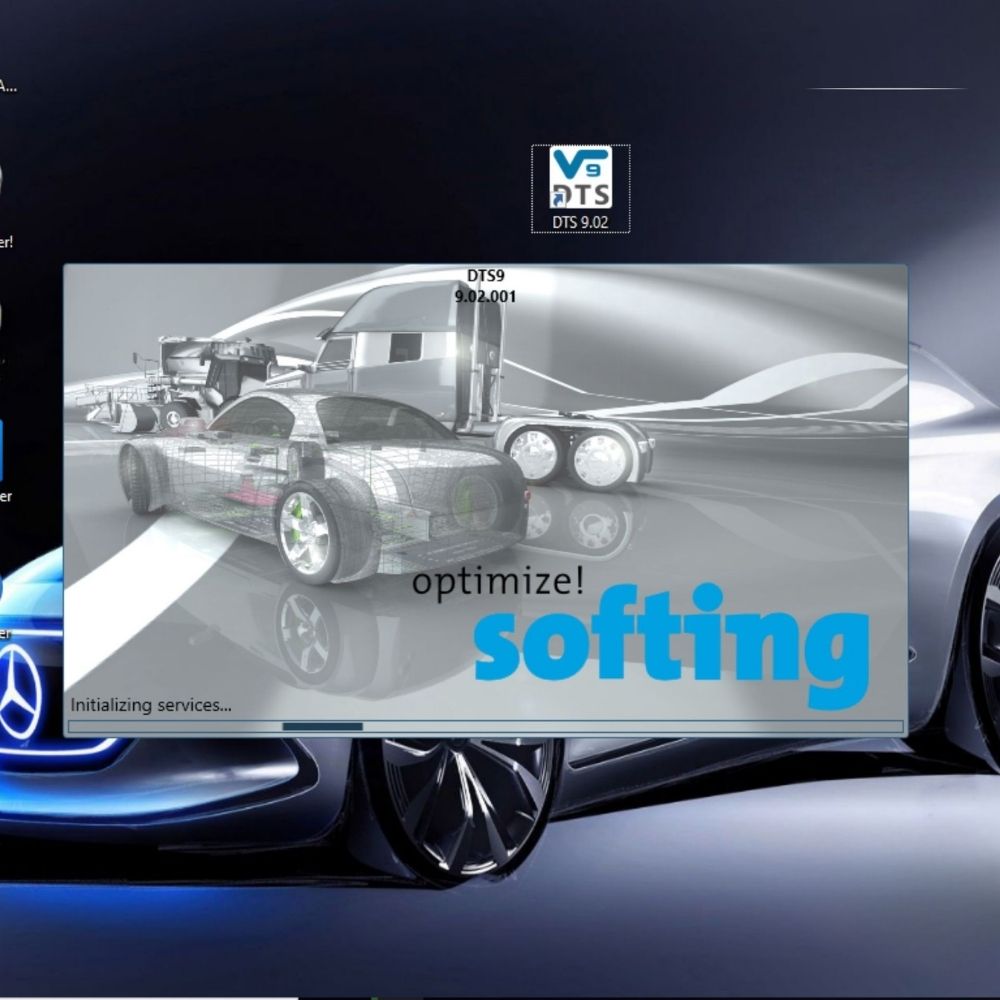
What is DTS Monaco? Key Functions of DTS Monaco Software
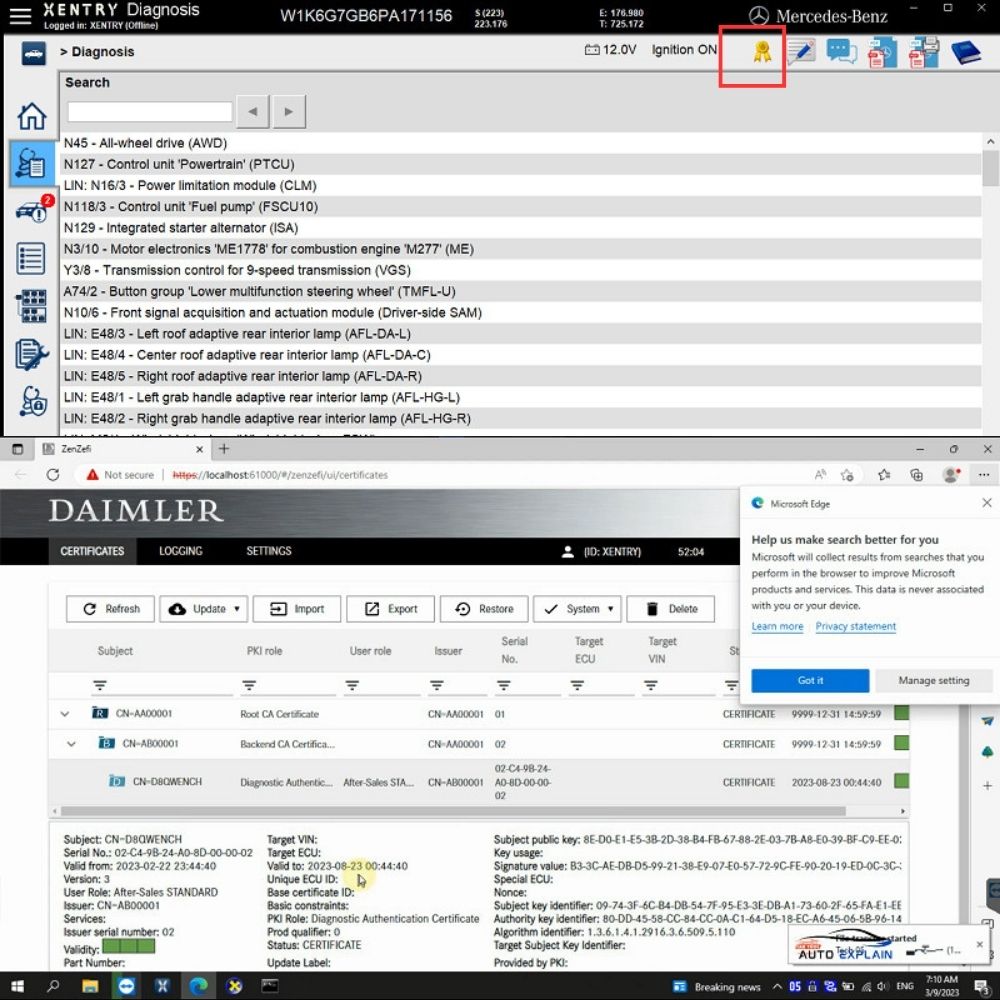
What is the Xentry Certificate Zenzefi? Why You Need It, and When It Is Required?



New Mercedes Car Coding Solution with ZenZefi certificate for DTS Monaco 9.02



